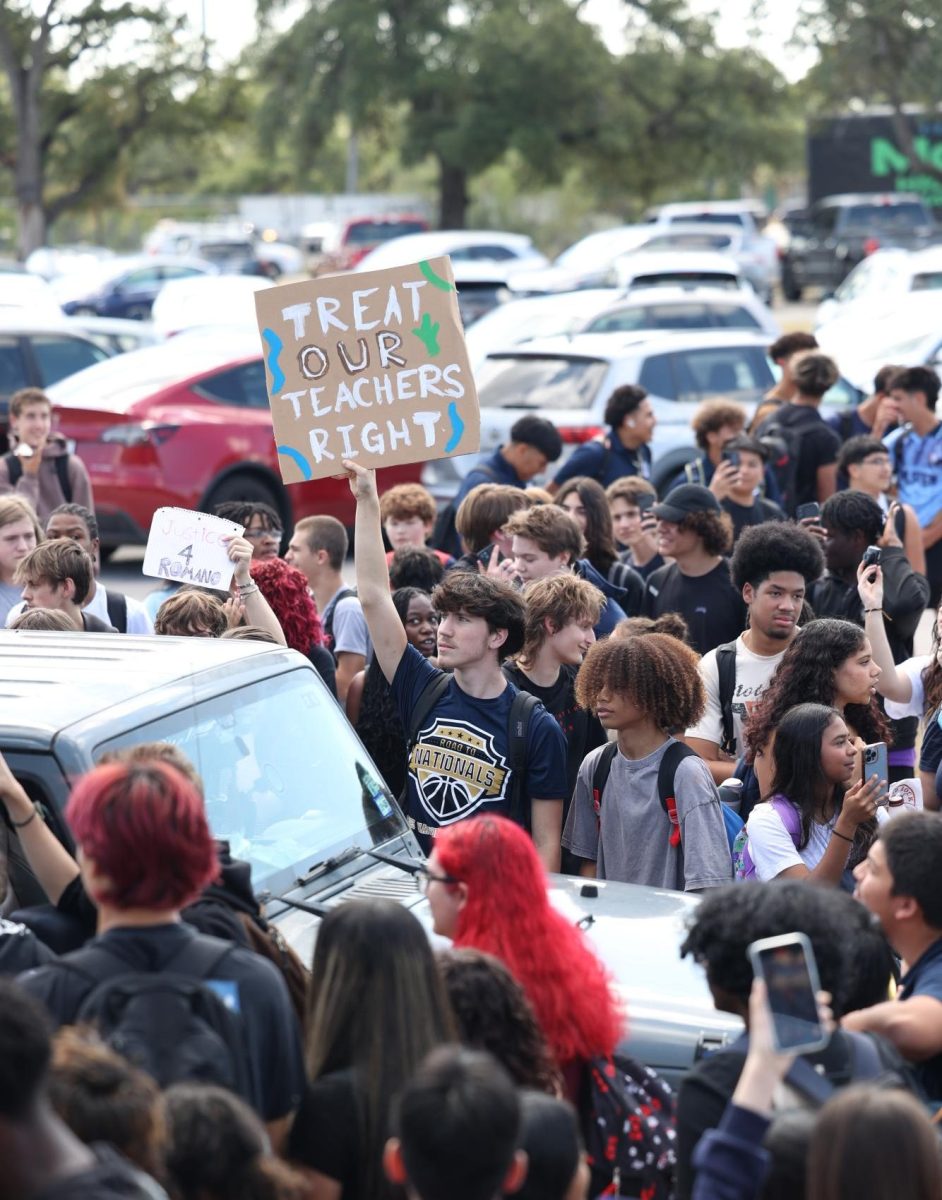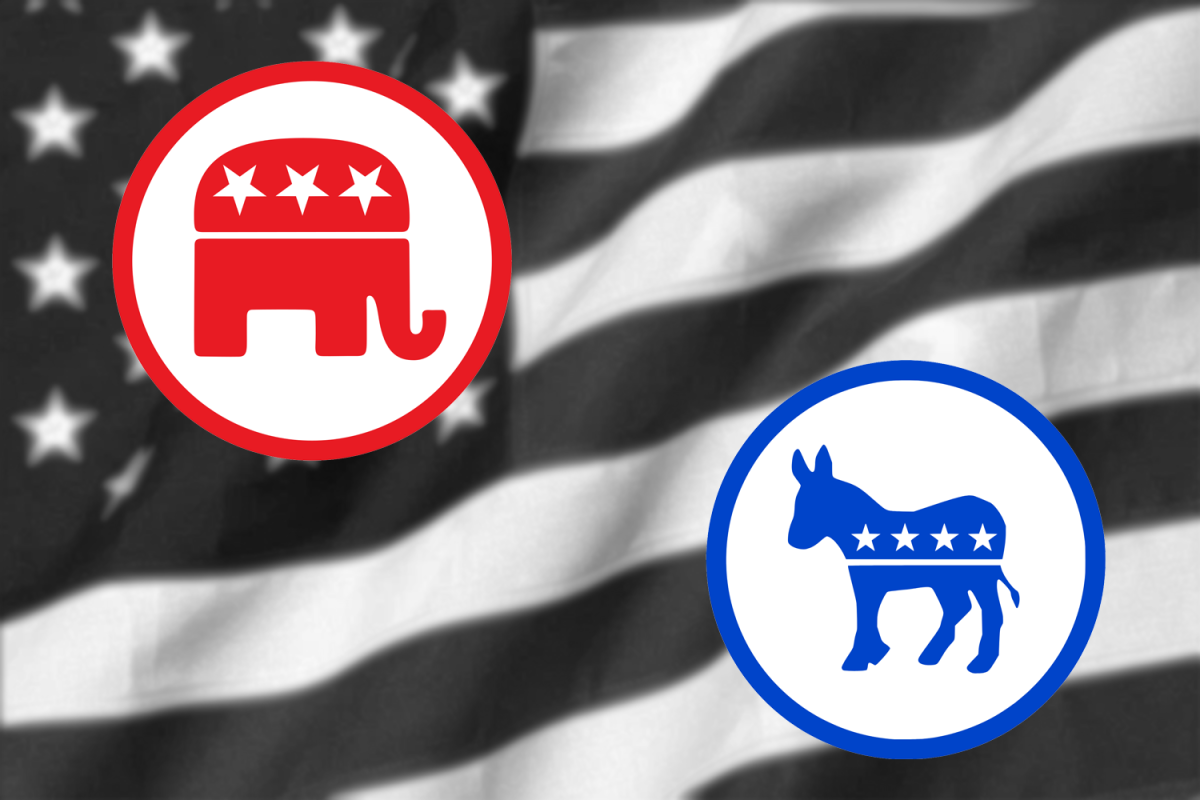A few weeks ago, the first student protest in recent memory had formed. A walkout sparked by the quitting of a McNeil teacher. A large portion of the student population left the school a little before noon. Some had signs, some had chants, all had a personal agenda. This reflects the many instances of protest that have happened throughout the year of 2025. One may make the connection that these many protests inspired the student populace to act on something they felt needed action.
But there is something our protest also reflects in the national scope of activism. A lack of organization, consistency, and united feeling among protesting citizens. The 26th protest was hastily organized, lacked a clear message, happened once, and the student populace was alone in their activism, hampering their effectiveness to make a stand. The only accomplishment of the protest was losing class time and informing the school lightly that there was discontent among many students.
Let us address one of the clear issues and likely the most important to note, the obvious disorganization of the event. Having been organized in a single day, many were unclear about how events were meant to transpire. Basic information about when to go, where to go, and how to protest spread more like gossip than clear information. Because of this, hesitation and unease were rampant in both staff and students, already creating an environment in which protest is less effective. This can be seen in various grassroots movements where the group does not have a communication structure and it harms any chance of the group making a stand.
Another is messaging. Everyone may state an opinion, but it can become mere white noise, without an idea to follow. The 26th protest did not have a clear goal, they had no statement of what they wanted to be changed. Yes, there were many words spoken, many ideas shared, but none reached the ears of the school administration. Students were unable to unite their opinions into a message for change, which plays into my previous point about organization. The effective movements such as the many civil rights movements the United States hosted, had clear messaging, to give more rights to wide ranging groups of citizens.
Now on consistency. Consistency is the way to make sure that the wants of a movement are communicated and demanded. Rarely do people listen to change if it is stated once and forgotten after. Our protest emulated this. Students acted on a single day, and nothing came after, prompting onlookers to believe that this is not something students desire. If it is not shown repeatedly by the learning community that they would want change, then no one will care to change. A recent example of this nationally is the No Kings Protest. A nationwide protest spanning the states and various cities. But it only happened once, not repeatedly. Without consistency, the desire for change has not been fulfilled.
Lastly is the nature of protest. Without teachers and parents involved, it was the students by themselves in this press for change. Because they were not backed by people with credibility, the want sounds hollow in students’ mouths. It would be as effective as students protesting for free snacks given every class period. They lacked experienced members of the learner community to give their statements weight. To have teachers and parents fighting for the same thing the students are, it shows a whole community need instead of children frustrated at something illegitimate.
If we are to see change sparked in the form of protest, it requires organization, clear messaging, consistency, and credibility. This applies to small, grassroots organizations all the way to the entirety of a country, our learning community a part of that scale. Do not waste time on ineffective protest. If you want to create change, make it undeniably purposeful.








